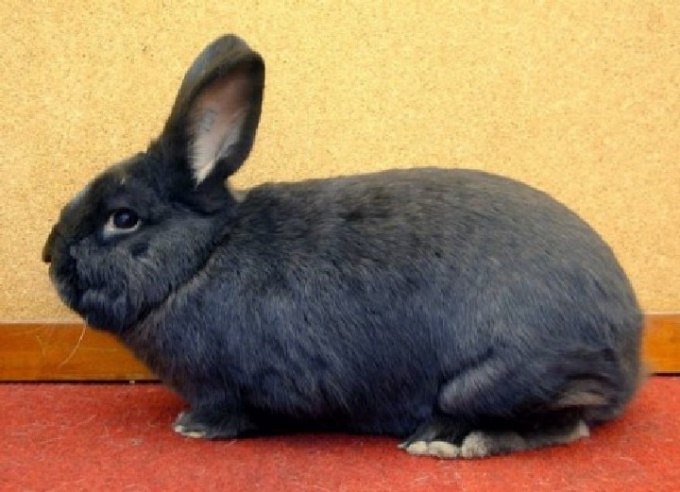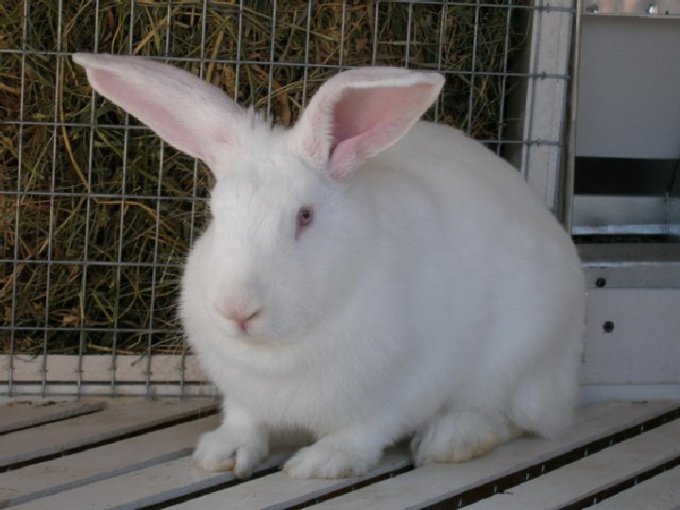Instruction
1
Currently used many methods of keeping of rabbits, among them, such as driven, cell-semi-free. The most common method is the keeping of rabbits in cages, as it allows for more qualitative work on selection and breeding of rabbits, to prevent the occurrence of diseases.
Today worldwide there are more than 60 breeds of rabbits. However, not all of them have economic value. From beginners to breeders the most common species is the gray and white giant, chinchilla, etc. a Distinctive feature of this breed is its size, up to 60 cm in length and up to 5 kg live weight, young animals develops intensively. They are low maintenance, hardy.
Today worldwide there are more than 60 breeds of rabbits. However, not all of them have economic value. From beginners to breeders the most common species is the gray and white giant, chinchilla, etc. a Distinctive feature of this breed is its size, up to 60 cm in length and up to 5 kg live weight, young animals develops intensively. They are low maintenance, hardy.
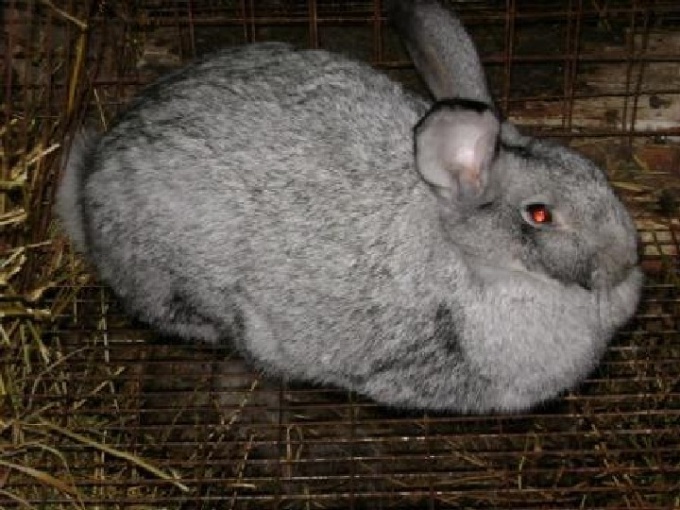
2
First of all, it is necessary to determine the place to host cells. The station should choose a dry, elevated position, away from the marshes. The moisture at which the rabbits feel comfortable, is 60-70%. Especially rabbits harmful draughts and dampness.
Rabbits consume a high amount of oxygen. They do not tolerate heat. The influence of the sun may cause heat stroke. But they are resistant to low temperatures, are adapted to spend the winter outdoors, although such content must be treated with caution.
Cells can be constructed of planks and metal mesh. To do their preferable blocks, each block of two cells. A partition between the cells is a feeding trough for grass and hay from metal mesh.
Each cell consists of two compartments, nesting and feeding, which are separated by a wooden partition with a hole 20 by 20cm.
For female office has 40 cm, and 60 cm feed width of the cell. Nested branch is solid, and the fodder of galvanized mesh with a mesh size of 16-18 mm, wire thickness 2 mm. Sometimes, the grid is replaced by strips of hard wood, with gaps between them 1-2 cm. feeders and waterers are fastened to the aft compartment on the front wall. Feeders for mixed fodder and root crops, as well as drinkers supposed to do at a front side of the cell. Feeders do 50-60 cm in length. Attach them so that after uploading the feed, she leaned to the inside of the cell and its outer side against the front wall.
The roof is lean-to with a slope of 15°, covered by roofing material, with a peak of 30 cm for protection from sun, rain and snow. Cells are installed at a height of 0.7 m from the ground.
Rabbits consume a high amount of oxygen. They do not tolerate heat. The influence of the sun may cause heat stroke. But they are resistant to low temperatures, are adapted to spend the winter outdoors, although such content must be treated with caution.
Cells can be constructed of planks and metal mesh. To do their preferable blocks, each block of two cells. A partition between the cells is a feeding trough for grass and hay from metal mesh.
Each cell consists of two compartments, nesting and feeding, which are separated by a wooden partition with a hole 20 by 20cm.
For female office has 40 cm, and 60 cm feed width of the cell. Nested branch is solid, and the fodder of galvanized mesh with a mesh size of 16-18 mm, wire thickness 2 mm. Sometimes, the grid is replaced by strips of hard wood, with gaps between them 1-2 cm. feeders and waterers are fastened to the aft compartment on the front wall. Feeders for mixed fodder and root crops, as well as drinkers supposed to do at a front side of the cell. Feeders do 50-60 cm in length. Attach them so that after uploading the feed, she leaned to the inside of the cell and its outer side against the front wall.
The roof is lean-to with a slope of 15°, covered by roofing material, with a peak of 30 cm for protection from sun, rain and snow. Cells are installed at a height of 0.7 m from the ground.
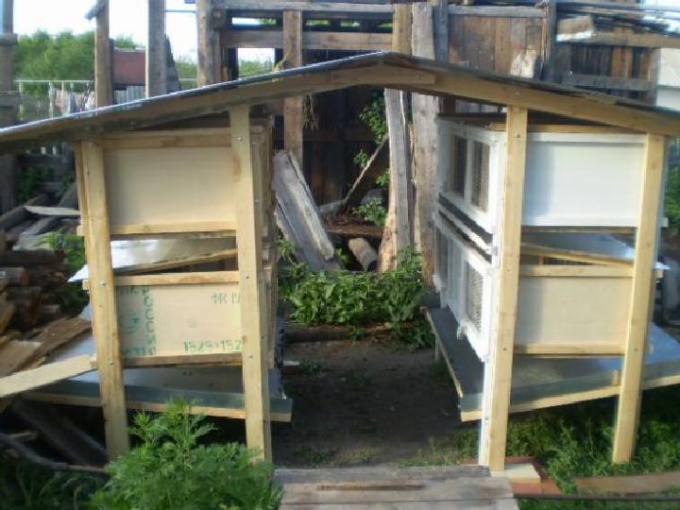
3
The cells must be oriented so as to prevent the effects on animals direct rays of the sun. Basically the cells are trying to expand to the West or East facade.
Breeders, as a rule, prefer to raise animals in cages designed facades on top of each other, allowing in the winter time, without much effort, to build cells above the gable roof, while the sides to close the wooden boards.
Also used and combined content, when in winter the cells are transferred into the barn, this is especially true when breeding rabbits fall in winter. Year-round exposure to the outdoors is beneficial to animals, they become more resistant to disease, their hair becomes thicker and shiny.
Breeders, as a rule, prefer to raise animals in cages designed facades on top of each other, allowing in the winter time, without much effort, to build cells above the gable roof, while the sides to close the wooden boards.
Also used and combined content, when in winter the cells are transferred into the barn, this is especially true when breeding rabbits fall in winter. Year-round exposure to the outdoors is beneficial to animals, they become more resistant to disease, their hair becomes thicker and shiny.
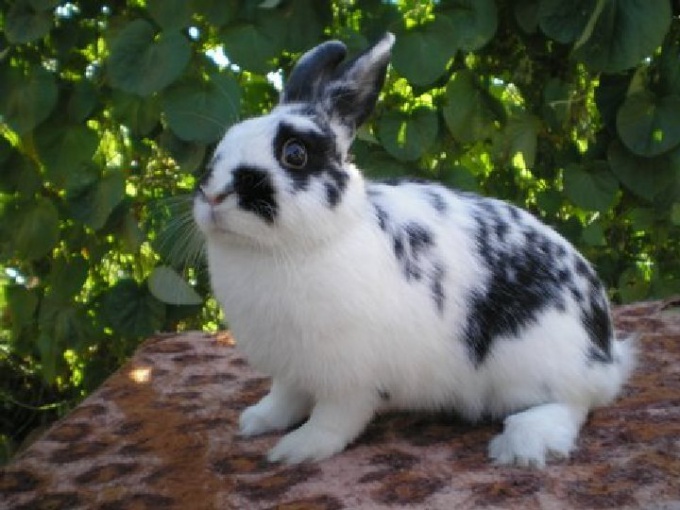
4
Rabbit breeding is an industry, with a rapidly increasing volume of the final product and deserves due attention. From the reproduction of rabbits, the people get the products are in constant demand. Skins are used for furs. Meat rabbits is a delicious dietary product, contains a high amount of protein. Its advantages allow us to recommend to eat in people of mental labor, the elderly, children, people with diseases of the gastrointestinal tract, cardiac and other diseases.
